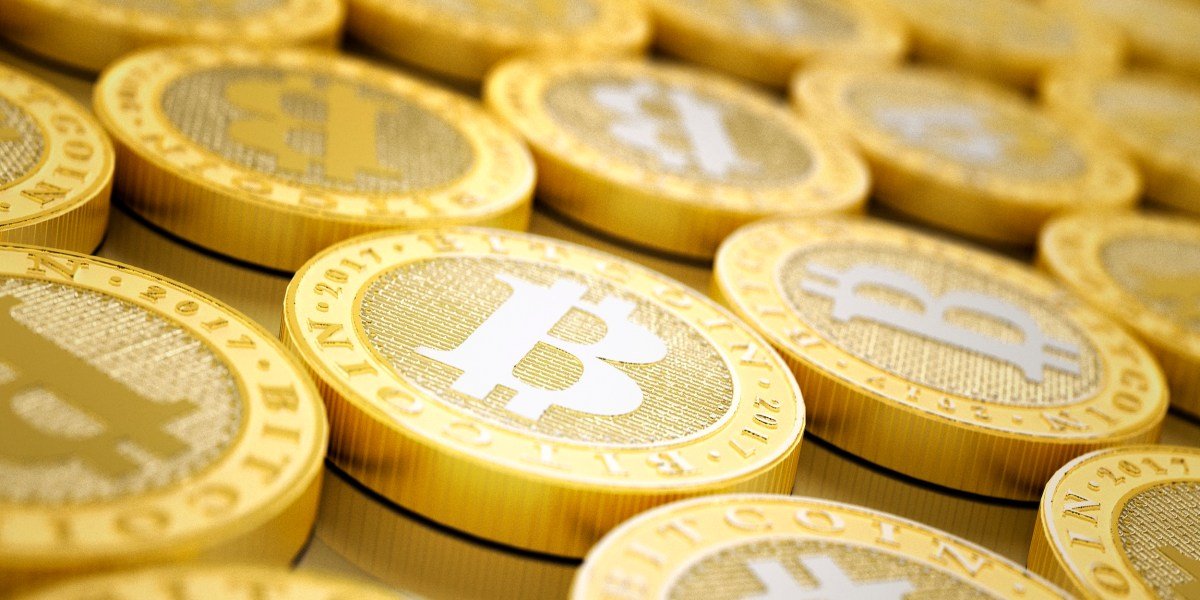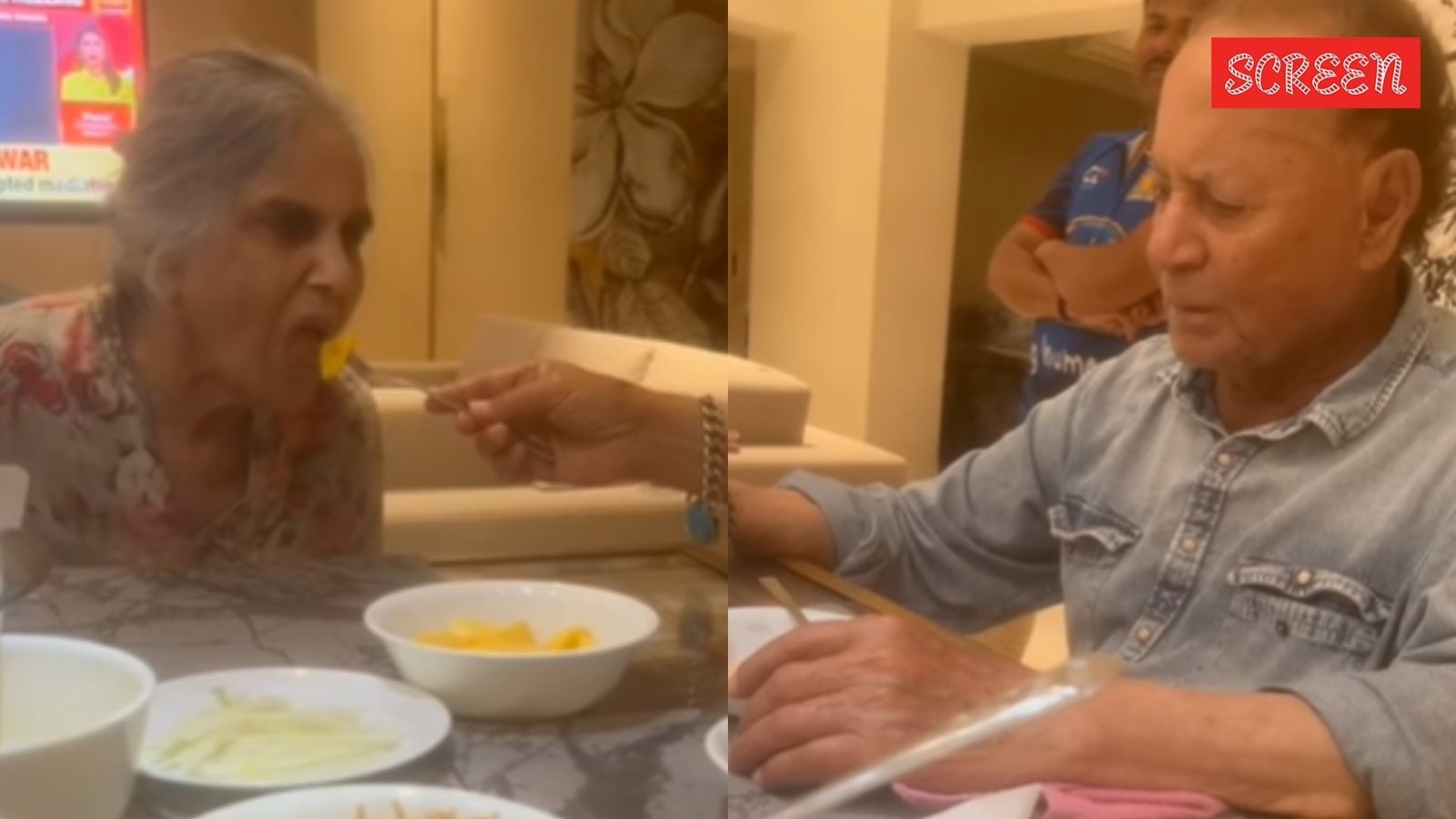“The model is also a big leap forward in controllability, able to follow intricate instructions spanning multiple shots while accurately persisting world state. It excels at realistic, cinematic, and anime styles,” said OpenAI.
The company said that previous video generation systems often displayed an overly optimistic approach, frequently reshaping objects or altering physical reality to align with a given prompt. For example, if a basketball player failed to make a shot, the model might unrealistically transport the ball into the hoop.
With Sora 2, things feel much more natural: if the shot doesn’t go in, the ball bounces off the backboard, just like it would in real life. OpenAI also unveiled a “social iOS app” named Sora. It is powered by Sora 2. It uses “cameos”, which allows users to create and share videos on a customisable feed.
“With cameos, you can drop yourself straight into any Sora scene with remarkable fidelity after a short one-time video-and-audio recording in the app to verify your identity and capture your likeness,” OpenAI said.
The app is currently being launched in the US and Canada on an invite-only basis. Its availability will be extended to other countries soon, OpenAI said in the blog post. It is expected to compete with the likes of Instagram and TikTok.



